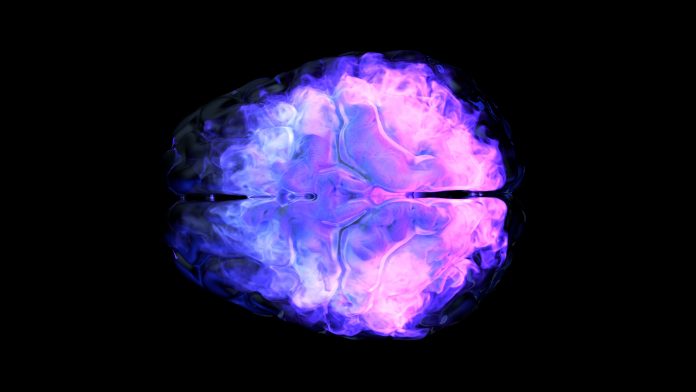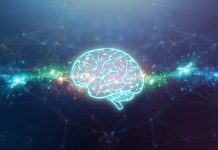Unlocking how the human brain organises language is crucial for understanding communication. A comprehensive meta-analysis sheds light on this enigmatic process
Despite years of neuroscientific exploration, understanding how the human brain organises language remains challenging.
Dr. Sabrina Turker, affiliated with the Max Planck Institute for Human Cognitive and Brain Sciences, Leipzig, acknowledges that prior knowledge largely stems from isolated studies with limited participants.
Understanding how the brain organises language
This groundbreaking meta-analysis amalgamates insights from over 400 neuroscientific experiments encompassing 7,000 subjects. Employing quantitative, coordinate-based techniques offers an objective and comprehensive view of the brain’s activation during various language processes, uncovering fundamental principles behind language organisation.
Probing human language and its depths
The study delves into language organisation, dissecting it into four distinct facets: semantics (word and sentence meaning), phonology (sound structure), syntax (grammar), and prosody (sentence-level sound, melody, intonation, and rhythm).
Beyond the classic left hemisphere involvement, the research illuminates the significance of brain structures below the cerebral cortex and the cerebellum.
Importance of often-overlooked brain regions
Surprisingly, the study reveals the importance of often-overlooked brain regions below the cortex and the cerebellum, especially the left and right cerebellum’s roles in processing language meaning and sounds.
Additionally, the right amygdala, associated with emotion and memory, emerges as a critical player in decoding phonetic patterns imbued with emotional significance.
Professor Gesa Hartwigsen from Leipzig University highlights that these findings could have significant implications, particularly in language recovery post-brain injuries such as strokes.
Moreover, they offer a refined perspective on language processing models, opening the door to a deeper understanding of how the human brain orchestrates one of its most intricate functions—language.
This comprehensive meta-analysis marks a significant step towards unraveling the human brain’s complex web of language organisation.
The human brain and language organisation
In conclusion, the findings of this study shed light on the often-overlooked brain regions below the cortex and cerebellum, emphasising the vital roles played by the left and right cerebellum in language processing.
Furthermore, the revelation of the right amygdala’s involvement in decoding emotionally significant phonetic patterns adds a new dimension to our understanding of language processing.
These discoveries carry profound implications, particularly for individuals recovering from brain injuries like strokes, offering potential avenues for more effective language rehabilitation strategies.
Additionally, they challenge and refine existing language processing models, paving the way for a deeper comprehension of how the human brain orchestrates this intricate function.
In sum, this comprehensive meta-analysis represents a significant leap forward in unraveling the human brain’s intricate web of language organisation.











